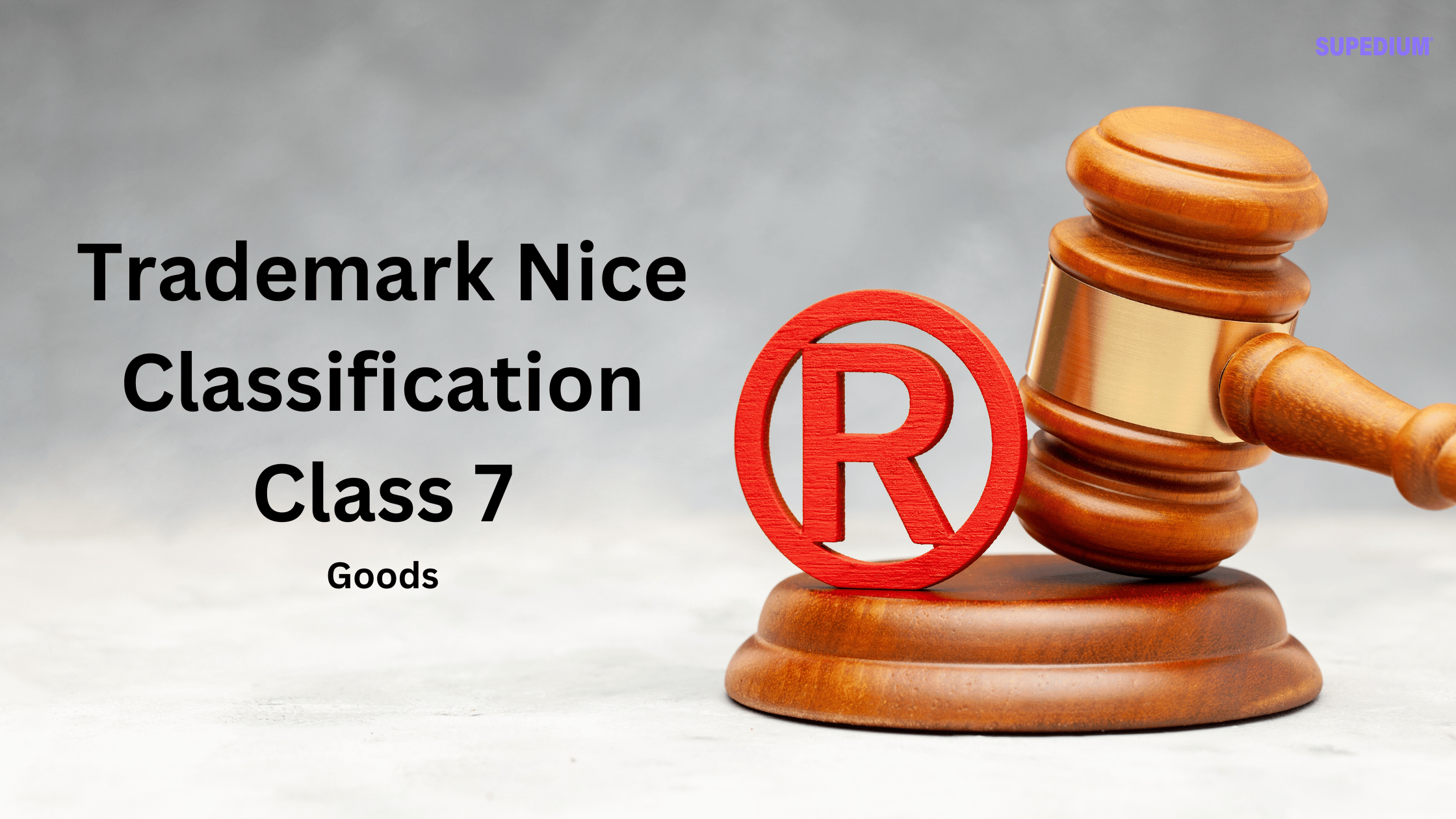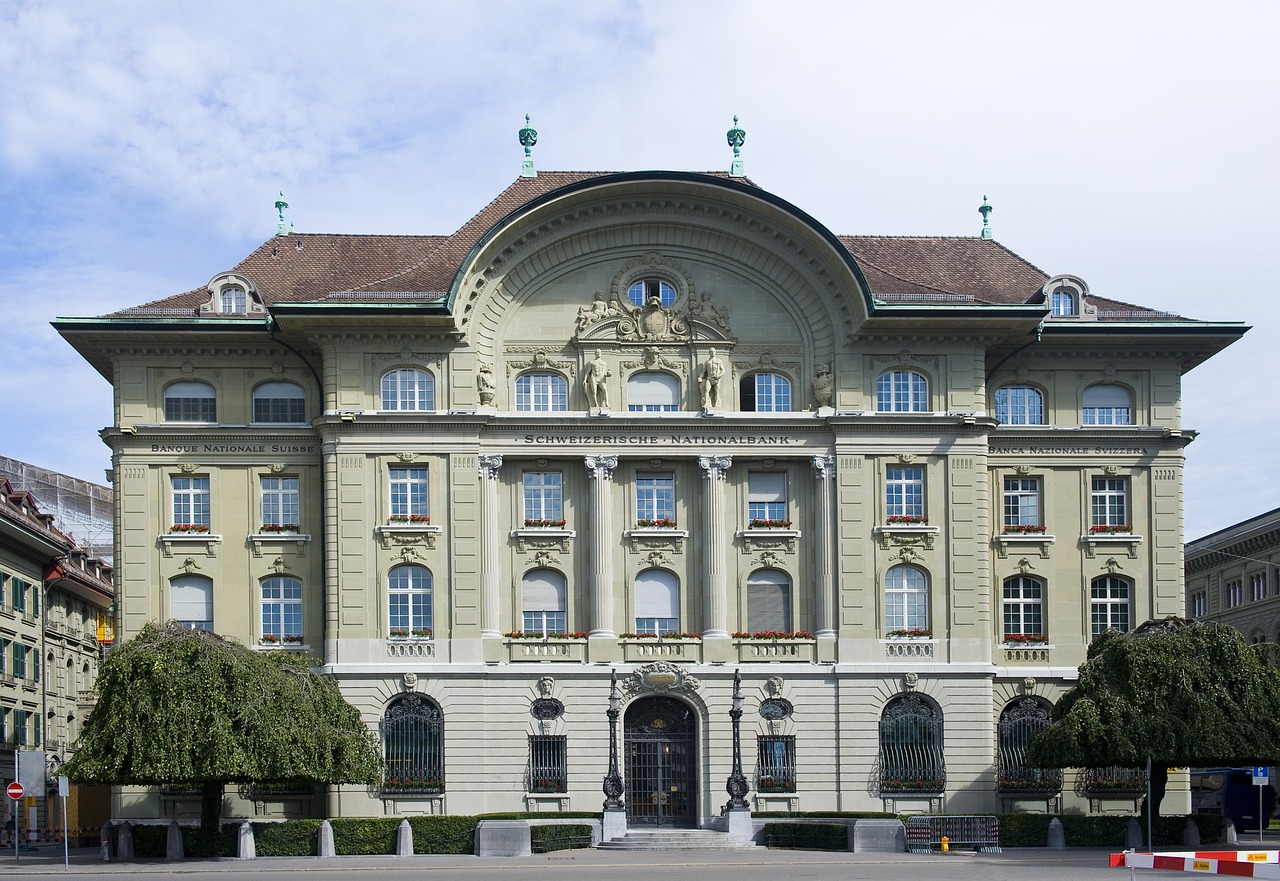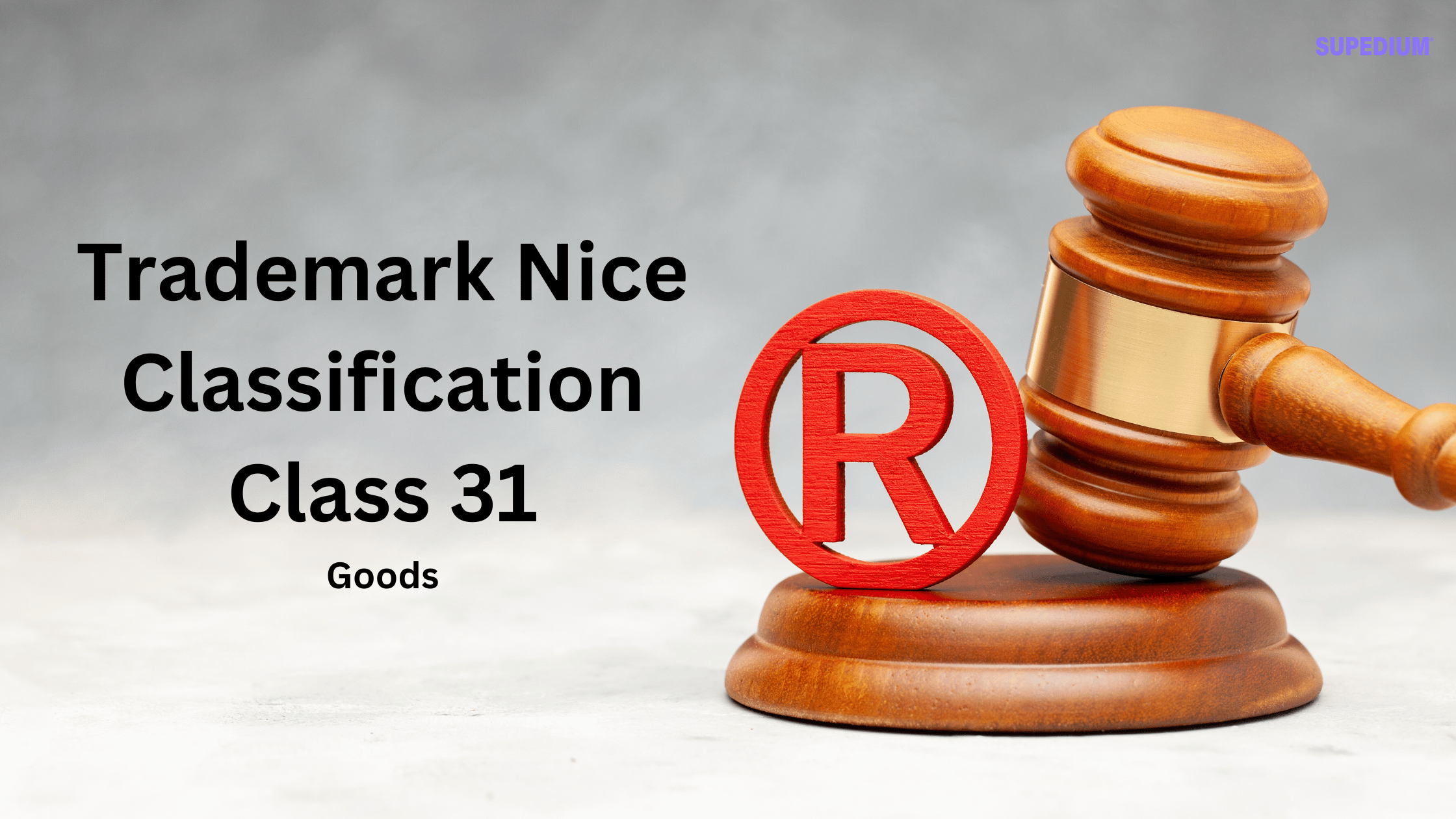Table of Contents
![]()
I. Introduction
Trademark classifications are essential tools that help businesses categorize their goods and services for legal protection and branding purposes. The Nice Classification, established by the Nice Agreement (1957), is an international system used to classify products and services for the registration of marks. Among its 45 classes, Class 7 holds significant relevance for companies involved in manufacturing and technology, encompassing a wide array of machines and engines. This article aims to provide a comprehensive overview of Class 7, its components, exclusions, and practical implications for businesses.
II. Overview of Class 7
Class 7 is defined primarily by its focus on machinery and mechanical devices. This classification is crucial for industries that manufacture, distribute, or sell machines and their components. The key categories included in Class 7 encompass:
- Machines and machine tools
- Power-operated tools
- Motors and engines (excluding those for land vehicles)
- Machine coupling and transmission components (excluding land vehicles)
- Agricultural implements (other than hand-operated tools)
- Incubators for eggs
- Automatic vending machines
These categories capture a wide range of products that are vital for industrial and agricultural operations, as well as for various consumer needs.
III. Detailed Breakdown of Included Items
A. Machines and Machine Tools
Machines and machine tools form the backbone of Class 7. This category includes devices used for manufacturing and processing materials. Examples range from lathes and milling machines to industrial presses and cutting tools, all designed to perform specific functions in production settings.
B. Power-Operated Tools
Power-operated tools are another critical component of Class 7. This category covers tools powered by electricity or other energy sources, such as drills, saws, and grinders. These tools enhance efficiency and precision in various applications, from construction to automotive repair.
C. Motors and Engines
Class 7 includes a variety of motors and engines, specifically those not designed for land vehicles. This encompasses components such as starters, mufflers, and cylinders applicable to various types of machinery, including industrial equipment and marine engines.
D. Electric Cleaning and Polishing Apparatus
This subcategory covers electric cleaning and polishing devices, which are increasingly popular in both consumer and industrial markets. Examples include electric shoe polishers, carpet shampooing machines, and vacuum cleaners. These products contribute to improved cleanliness and maintenance standards in various environments.
E. Emerging Technologies in Class 7
Class 7 also accommodates emerging technologies such as:
- 3D Printers: These devices are revolutionizing manufacturing by enabling rapid prototyping and customized production.
- Industrial Robots: These advanced machines automate tasks in manufacturing and assembly lines, increasing efficiency and safety.
F. Special Vehicles and Their Components
Certain special vehicles not intended for transportation, such as road sweeping machines, bulldozers, and snow ploughs, fall under Class 7. This classification includes parts like rubber tracks for these vehicles, which are integral to their operation but not related to conventional transportation.
IV. Exclusions from Class 7
While Class 7 includes a broad spectrum of machinery and tools, it also has defined exclusions. Understanding these exclusions is crucial for accurate trademark registration. Items not included in Class 7 are:
A. Hand Tools and Implements (Class 8)
Hand-operated tools and implements are categorized separately under Class 8. This distinction is essential for businesses that manufacture both powered and hand-operated tools.
B. Humanoid Robots and Advanced Robotics (Class 9)
Humanoid robots with artificial intelligence, as well as various specialized robots for teaching, security, and laboratory use, fall under Class 9. This separation highlights the distinction between industrial machinery and advanced robotic technology.
C. Motors and Engines for Land Vehicles (Class 12)
Motors and engines designed specifically for land vehicles, such as cars and trucks, are classified under Class 12. This exclusion is vital for manufacturers focused on automotive applications.
D. Specific Machines and Apparatus Excluded
Certain specialized machines, like automated teller machines (Class 9) and surgical robots (Class 10), are also excluded from Class 7. Refrigerating apparatus and machines (Class 11) and specific consumer products like toy robots (Class 28) are further examples of exclusions.
V. Practical Implications for Businesses
Accurate classification of goods is essential for successful trademark registration. Misclassification can lead to legal challenges, rejected applications, and potential infringement issues. Businesses should take the following steps:
A. Importance of Accurate Classification
Ensuring that products are classified correctly under the Nice Classification is crucial for protecting intellectual property rights. This not only safeguards against infringement but also enhances brand recognition.
B. Potential Consequences of Misclassification
Misclassifying products can result in denied trademark applications, making it difficult for businesses to protect their brands. Additionally, it can expose companies to legal risks from competitors.
C. Tips for Navigating Class 7
Businesses should consider consulting trademark professionals who specialize in classifications. Conducting thorough research on the Nice Classification can help ensure that all products are appropriately categorized.
VI. Conclusion
Class 7 of the Nice Classification system plays a vital role in the trademark landscape, particularly for industries centered around machinery, engines, and power-operated tools. Understanding the scope of this class, along with its exclusions, is essential for businesses seeking to protect their intellectual property. As technology continues to evolve, staying informed about changes in classification will be critical for companies aiming to maintain a competitive edge in their respective markets. By taking proactive steps in trademark registration, businesses can secure their innovations and bolster their brands in the global marketplace.
Share This





Be the first to comment